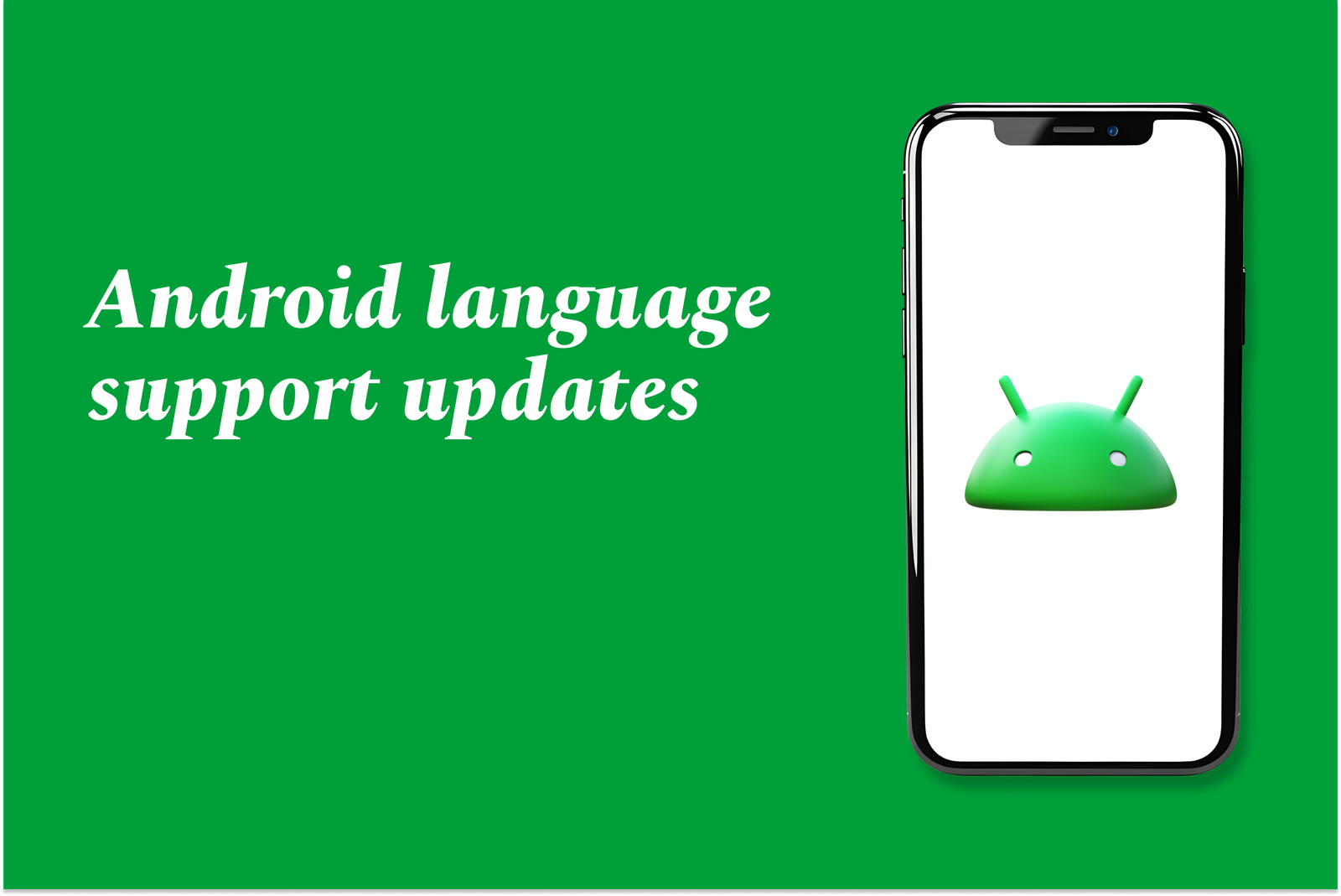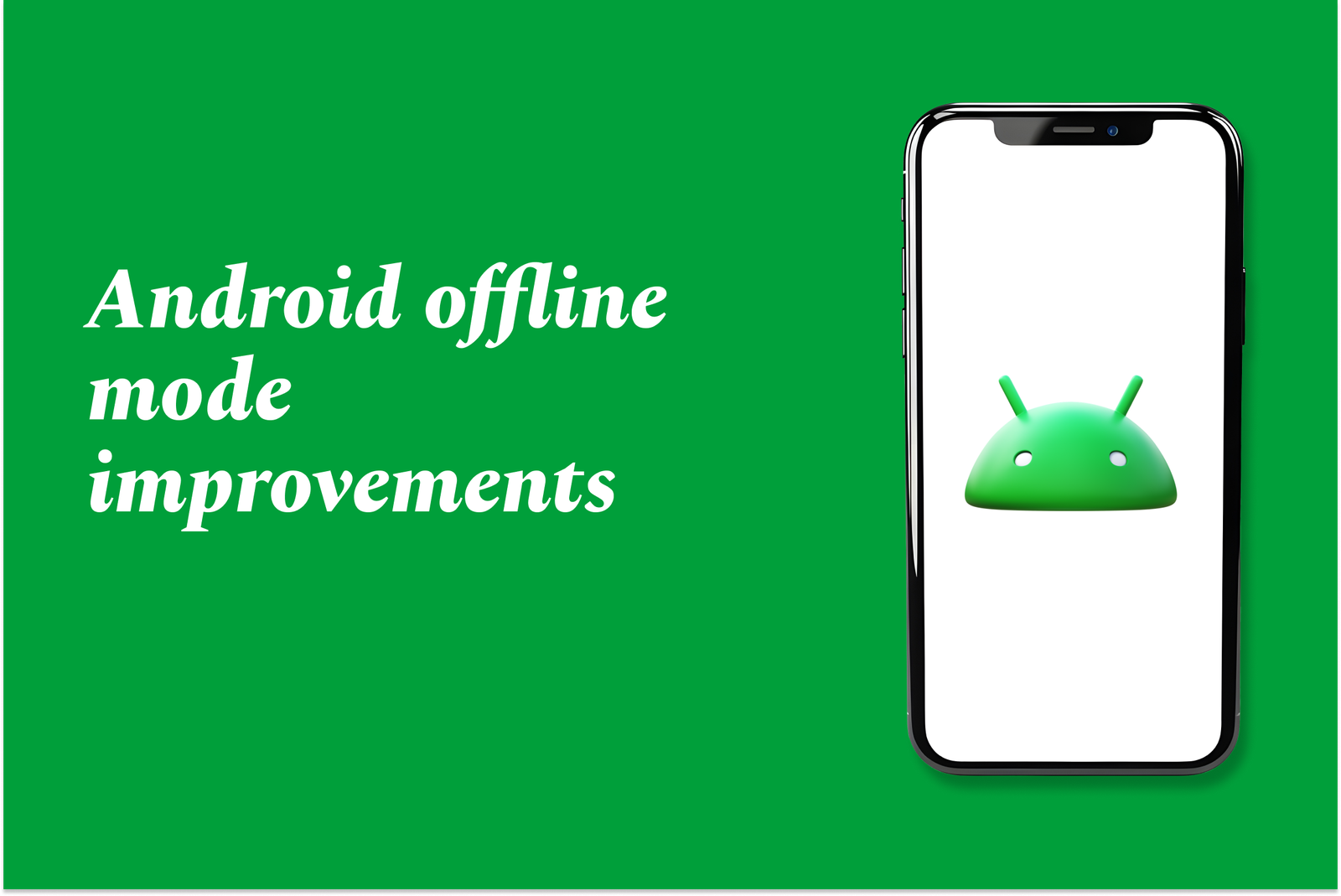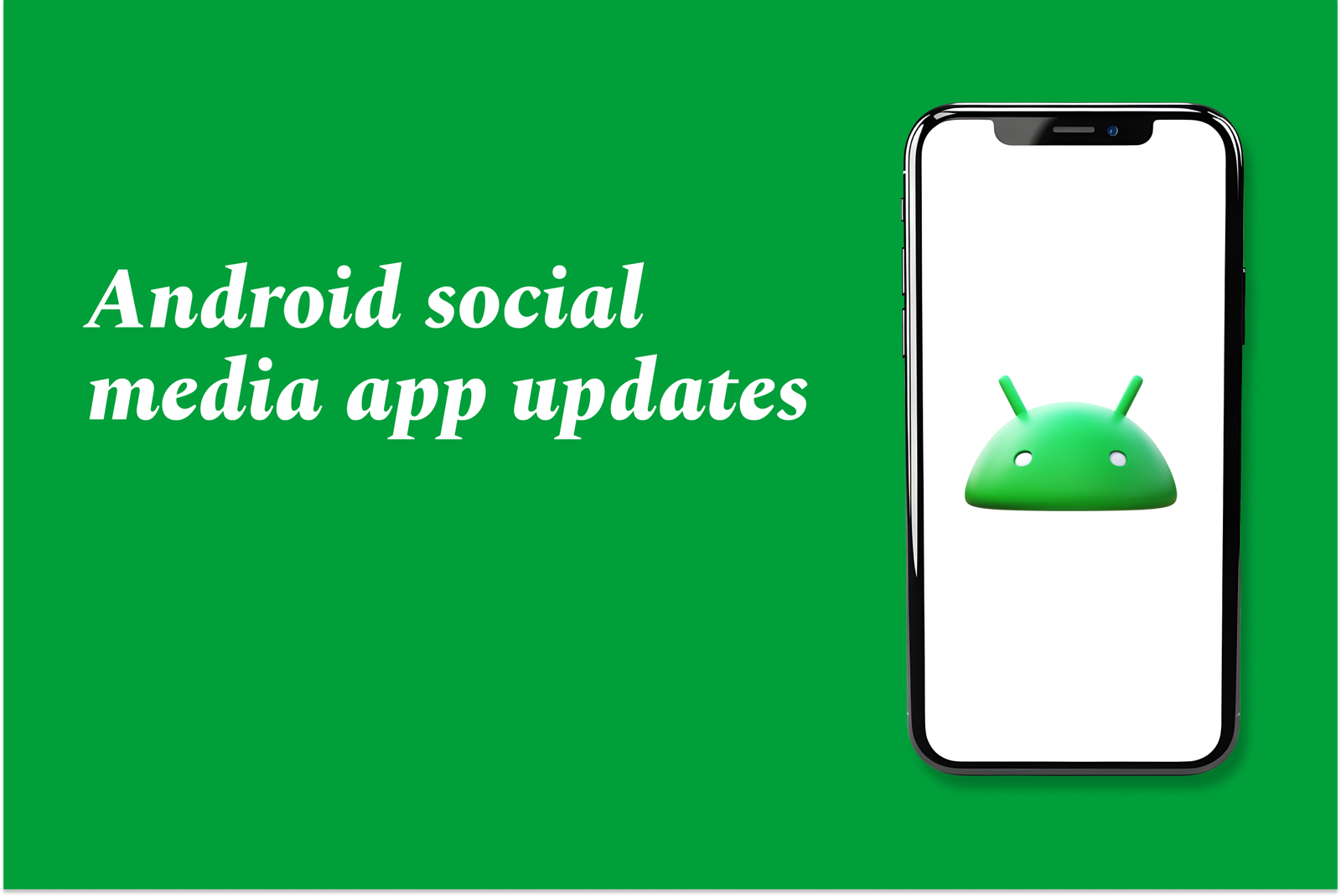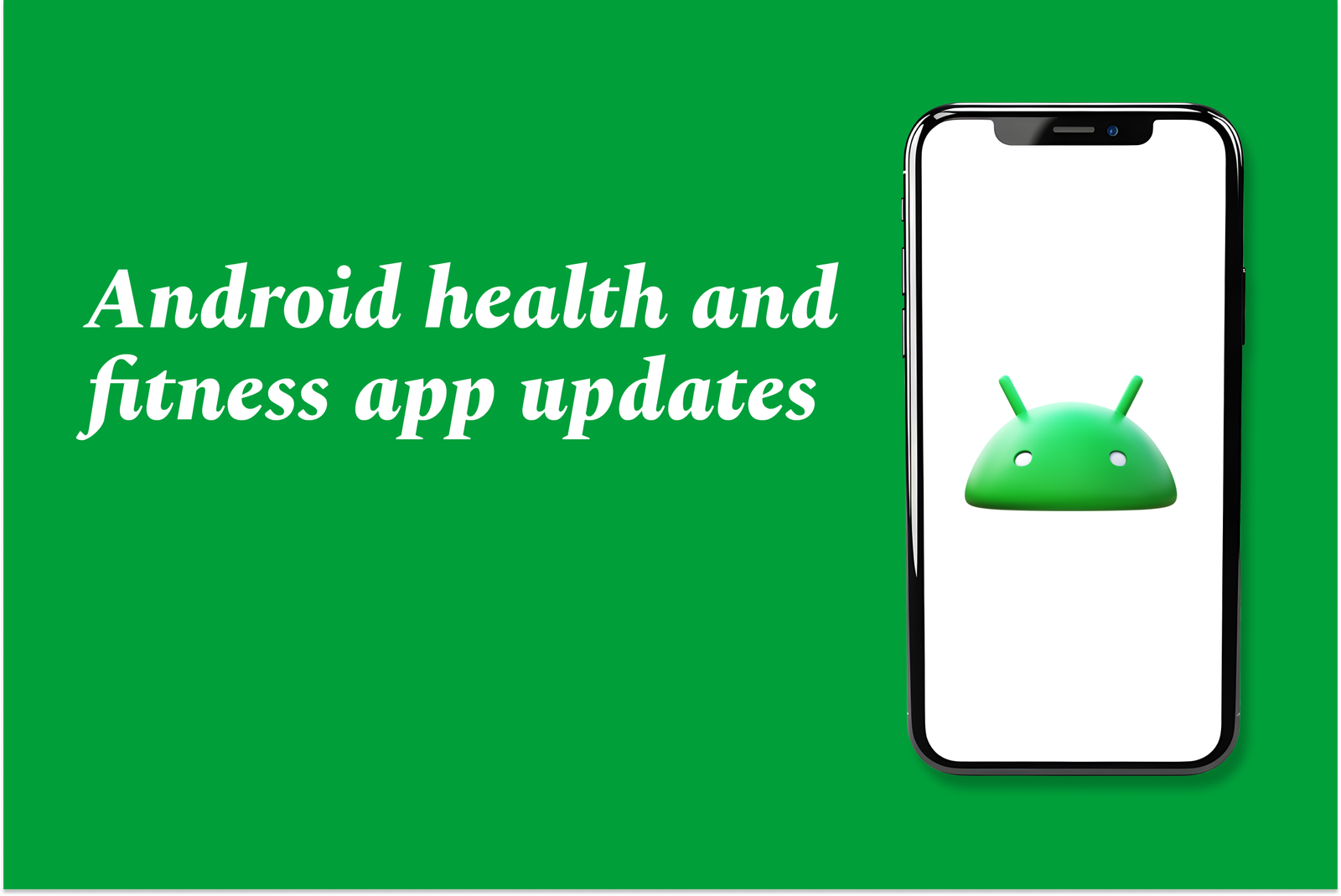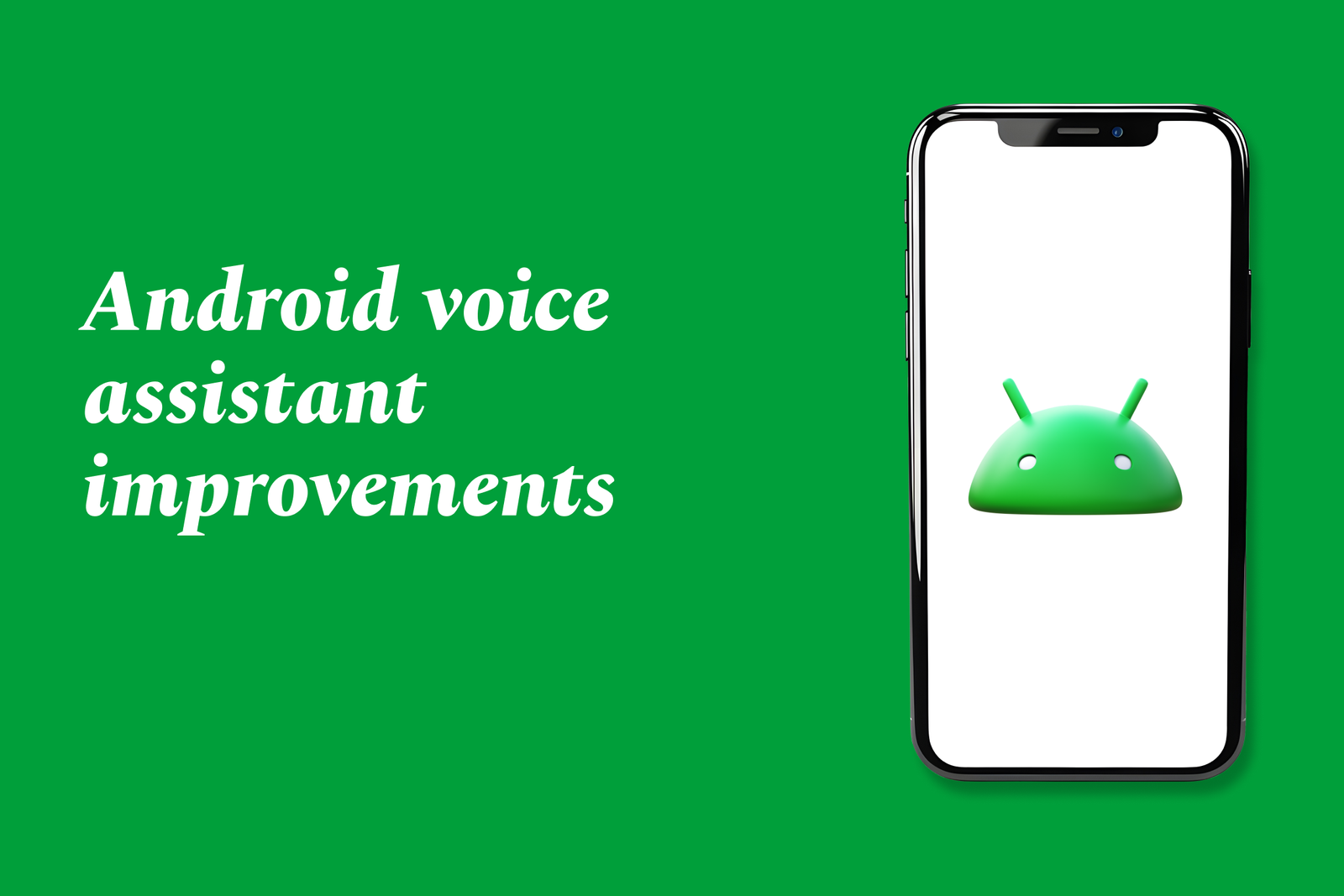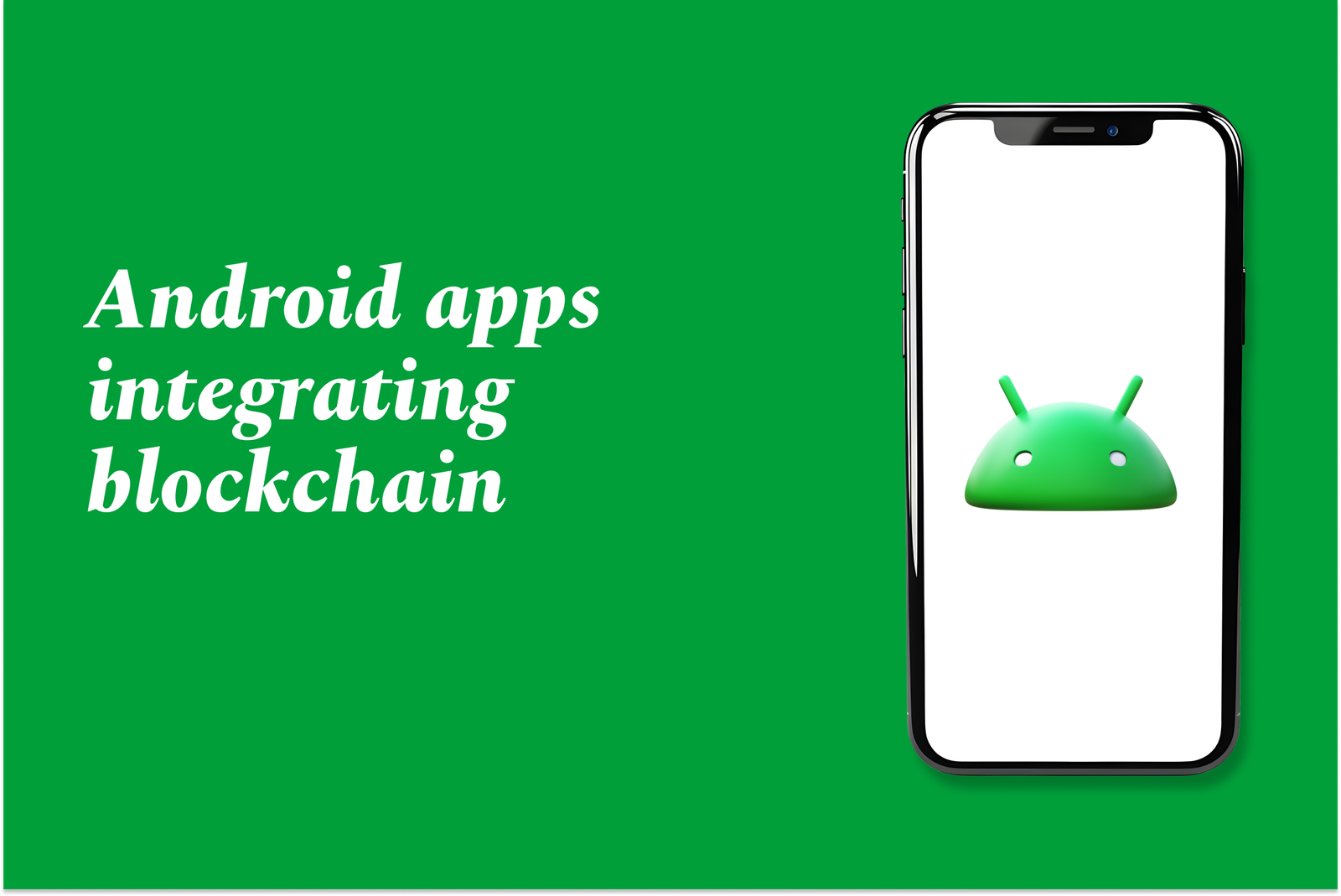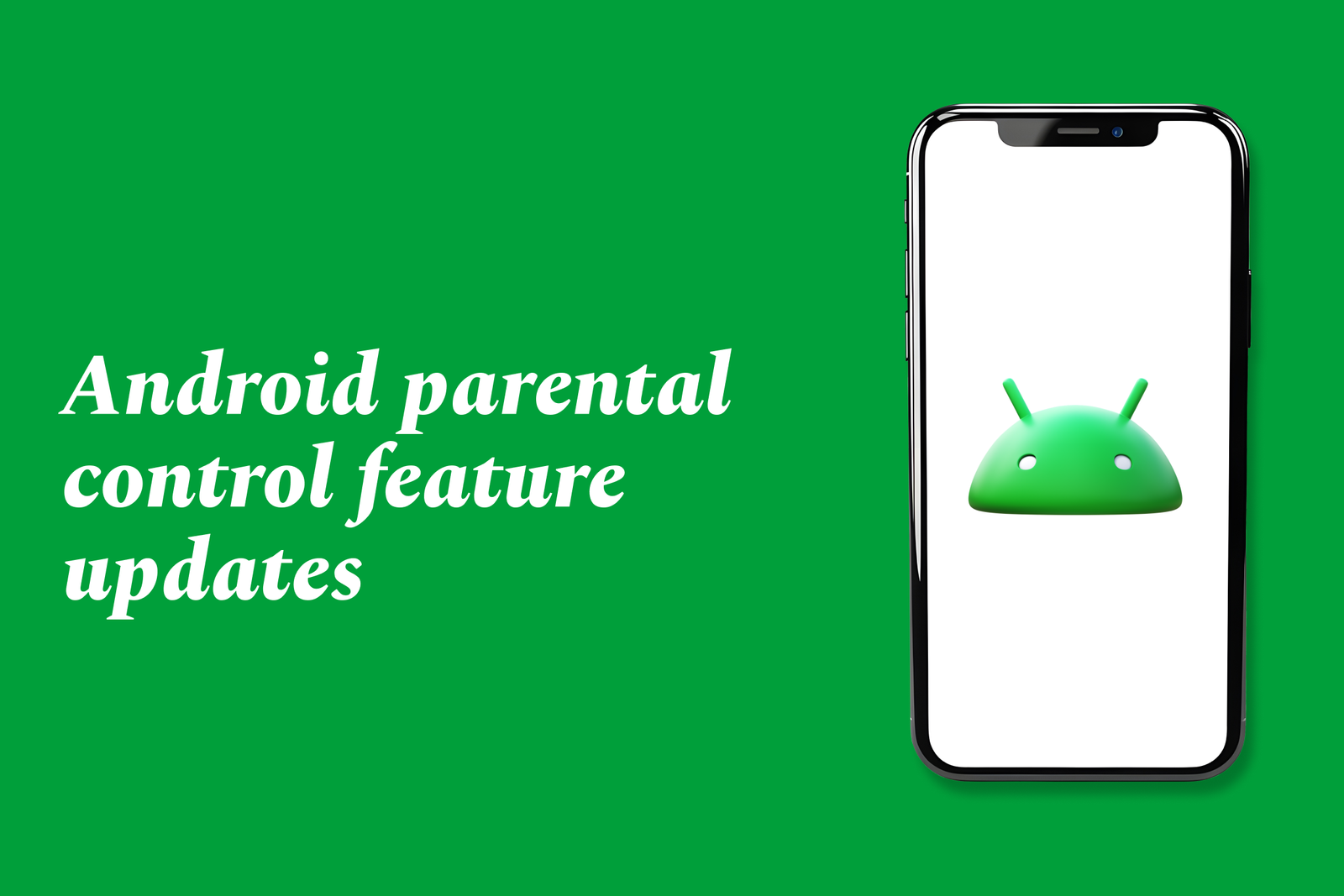Flutter Developer Roadmap After 2025
The Flutter developer roadmap after 2025 focuses on mastering Dart, advanced state management, enhanced Flutter Web support, streamlined native API interoperability, adopting new Dart tooling and formatting features, and following best practices for performance, security, and continuous ecosystem learning.
Flutter developer roadmap after 2025
1 ) Master Dart Programming Language
Before diving into Flutter, developers should build a strong foundation in Dart. This includes understanding Dart syntax, data types, control flow, functions, object oriented programming principles, asynchronous programming, and the Dart package ecosystem. Mastery of Dart is essential for writing efficient Flutter code.
2 ) Learn Flutter Fundamentals
Grasp the core concepts of Flutter such as its architecture, widget tree, layout system, state management, user input handling, and animations. Hands on practice through building simple applications helps solidify these fundamentals.
3 ) Master Flutter Layouts and Styling
Understand how to create responsive and visually appealing user interfaces by learning layout widgets like Row, Column, Stack, and styling through themes, fonts, and colors. Familiarity with Flutter Inspector is important for debugging and refining UI.
4 ) Explore State Management Techniques
As applications scale, managing state effectively becomes crucial. Learn various Flutter state management tools and architectures such as setState, Provider, Riverpod, BLoC, MobX, and Redux, understanding their advantages and suitability for different situations.
5 ) Focus on Flutter Ecosystem and Development Workflow
Stay updated with Flutter’s ecosystem, including developer tools, packages (especially AI related ones), and integrations. Embrace testing, hot reload features, profiling tools, and continuous integration practices to enhance productivity and code quality.
6 ) Stay Updated with the 2025 Flutter Roadmap
The official Flutter 2025 roadmap highlights key improvements:
Interoperability enhancements to enable direct Dart calls to native iOS and Android APIs.
Major upgrades to Flutter Web including hot reload support and improved performance.
Core framework refinements aiming to reduce verbosity and simplify widget code.
Dart language and tooling improvements, such as new language features and a performance optimized analyzer.
Engaging with beta releases is encouraged to test new features and contribute feedback.
7 ) Adopt Best Practices and Security Measures
Learn from community insights covering common Flutter mistakes to avoid, app performance optimization, maintainability, and security best practices. Pay special attention to OWASP Mobile Top 10 vulnerabilities adapted for Flutter apps, ensuring credential security and safe authentication mechanisms.
8 ) Utilize New Tools and Formatting Enhancements in Dart 3.8
Benefit from the latest Dart formatter that can preserve trailing commas as per new configurations, alongside smarter IDE assists including improved code completion, quick wraps, and enhanced import management, boosting development efficiency.
9 ) Engage with Community Resources and Continuous Learning
Regularly read up to date articles, tutorials, and packages (like TypeSet for rich text formatting) contributed by the Flutter community. Continuous learning and participation in forums and beta testing foster skill growth and early adoption of new Flutter capabilities.
In summary, becoming a proficient Flutter developer after 2025 involves mastering Dart, learning comprehensive Flutter fundamentals, leveraging advanced state management, staying abreast of official roadmap updates, adopting best security and coding practices, and engaging actively with the evolving Flutter ecosystem and community.
https://justacademy.in/news-detail/flutter-devrel-team-news
https://justacademy.in/news-detail/flutter-now-supports-desktop-and-embedded-devices
https://justacademy.in/news-detail/must-have-flutter-tools-for-designers
https://justacademy.in/news-detail/notable-flutter-contributors-to-follow
https://justacademy.in/news-detail/flutter-adds-ai-toolkit:-what-it-means-for-developers
Related Posts
Android language support updates enhance the platform by enabling modern Java 8 features like lambdas and method references within Android Studio, improving code efficiency and developer experience without needing the Jack compiler, streamlining app development and build processes.
In 2025, Android enhances privacy with stricter app permissions, improved data encryption, and advanced APIs that give users greater control over their data. System updates focus on secure media handling and transparent, developer-friendly tools to protect personal information seamlessly.
Android offline mode improvements enhance app usability by allowing users to access content and features without an internet connection. These updates enable pre-downloading data, reduce dependency on continuous connectivity, and improve user experience during travel or in low-network areas.
Google Android ecosystem partnerships unite device makers, developers, carriers, and enterprises to build a flexible, secure platform powering billions of devices worldwide. These collaborations drive innovation, expand app access, and enhance user experiences across diverse Android-powered products.
Android social media app updates enhance user experience with improved features like real-time notifications, AI-driven content discovery, expanded communities, and better multimedia support. These updates ensure smoother interactions, faster info sharing, and more personalized social networking on mobile devices.
Android health and fitness app updates focus on improved data sharing, personalized coaching, and enhanced tracking across devices. Key apps like Health Connect, Samsung Health, and Google Fit offer better privacy controls, seamless integration, and support for diverse wellness goals.
Android's multi-user feature lets multiple people have separate profiles on one device, keeping data and apps separate. Recent updates improve user switching, address bugs like Wallet issues, and optimize performance by suspending inactive profiles for smoother multitasking.
Android voice assistant improvements enhance hands-free control by integrating smarter, more natural voice commands in Android Auto and CarPlay. Upgrades include better music navigation, AI-powered icon recognition for accessibility, and solutions for seamless connectivity, boosting safety and usability.
Android apps integrating blockchain leverage decentralized technology to enhance security, transparency, and trust in transactions and data management. These apps enable secure payments, identity verification, and supply chain tracking, revolutionizing mobile experiences across industries.
Android parental control updates enhance child safety by offering real-time monitoring, app notifications sync, screen time limits, app blocking, precise GPS tracking, and location alerts, enabling parents to manage and protect their children's device usage more effectively and securely.

